Researchers study protist–plant relationships to understand the role of protists in the rhizosphere.
Science and Technology Highlights

Global warming causes low-level clouds over the oceans to decrease, leading to further warming.
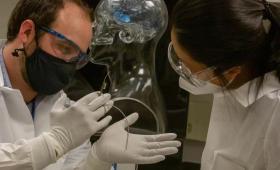
Thin-film electrodes developed at Lawrence Livermore have been used in human patients at the University of California, San Francisco, generating never-before-seen recordings of brain activity in the hippocampus.
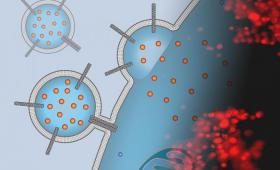
A research team has used carbon nanotubes to enable direct drug delivery from liposomes through the plasma membrane into the cell interior.

The Center for Non-Perturbative Studies of Functional Materials under Non-Equilibrium Conditions advances high-performance computing software to support novel materials discovery.
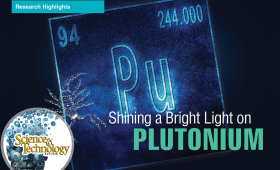
Scorpius, a multi-lab project to advance stockpile stewardship, will yield an unprecedented experimental tool powered by Livermore technology.
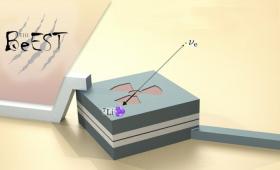
A research team has demonstrated the power of using nuclear decay in high-rate quantum sensors in the search for sterile neutrinos.
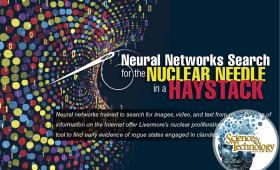
Livermore researchers develop a system to help analysts find evidence of nuclear weapons proliferation using open-source information.
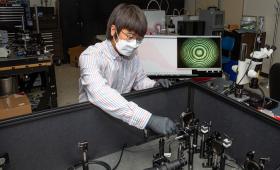
Livermore scientists have developed a high-precision interferometer system to measure the pressure dependence of the refractive index in diamond anvil cells.



